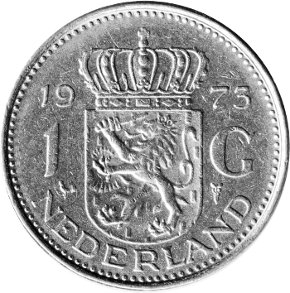Again this year the Netherlands and Finland are going to trade euro coins. In 2009 both countries were the first countries in Europe to do so, saving costs and probably giving the environment a break, too. Instead of running out of 5 euro cent coins and making more, trading is a much better option.
The Finnish need 2 euro cent (French one shown here) and the Dutch need 5 euro cent coins (Dutch one show here). The 1 euro cent is here is Belgian. Of all the euro cents I have had, the Finnish ones are quite rare and I was told that they made less of them, as compared to other countries.
What I do find odd is that I was told that big stores in Finland round off prices to the nearest 0.05 cent, which would mean that like the Netherlands, they would need more 5 euro cents. If they need 2 euro cents, this means they don’t round off prices nearly as much as we do here or enjoy giving out lots of 2 euro cents to their customers.
Prices in big stores are rounded off to the nearest 0.05 as they were when we still had the guilder and did not have 2 euro cent and 1 euro cent coins. And rounding off saves time, money and space in cash registers. Paying with 2 and 1 cent coins is frowned upon in the Netherlands (never mind paying with anything more than a 50 euro bill – tourists often get the third degree with their 100 and 200 euro bills), while doing so in neighbouring Germany or Belgium is common. Both Germany and Belgium had equivalent coins back in the day.
Apparently 2 euro coins are also rare in Finland, while the Netherland has truckloads of them. It’s interesting to see how different countries deal with the same currency. The Dutch plan to swap 3 million 2 euro coins for 30 million 5 euro cents.
I’ve just realised that I had a big coffee can full of 5, 2 and 1 cent coins lying around.
(Link: blikopnieuws.nl)



 Last month, three coin treasures were found in Groningen during archaeological digs. Don’t get all excited though, as a coin treasure is defined as anything over five coins, or as
Last month, three coin treasures were found in Groningen during archaeological digs. Don’t get all excited though, as a coin treasure is defined as anything over five coins, or as 

